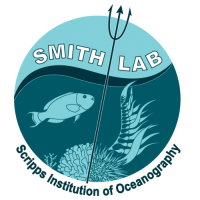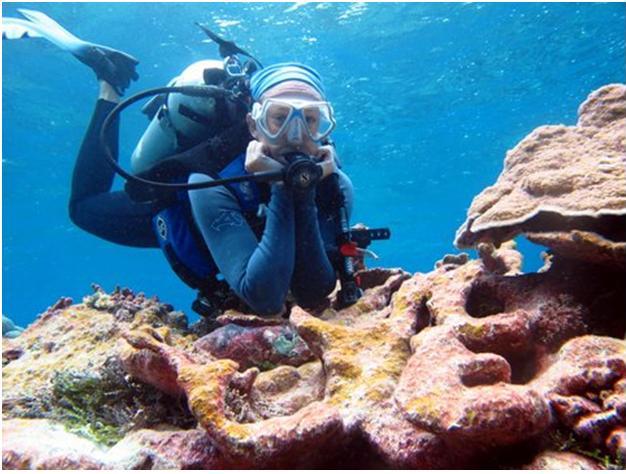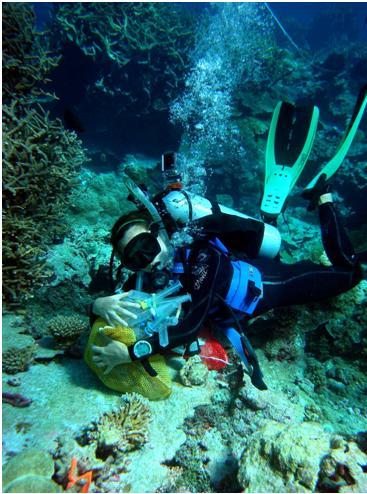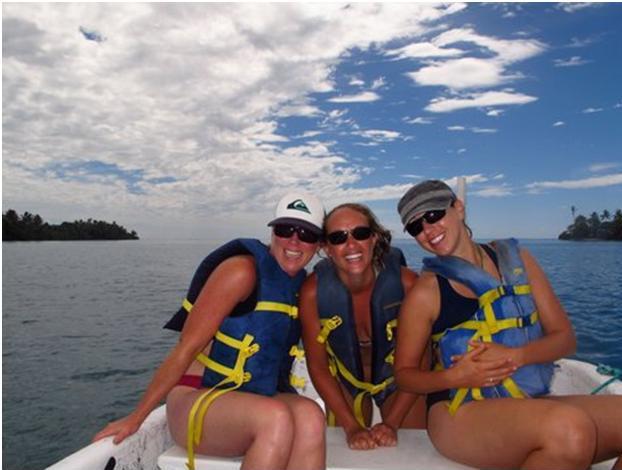Palmyra Atoll has quickly become my favorite place on the planet. It is located roughly 1,000 miles south of Hawaii, and being completely uninhabited, except for the few Nature Conservancy and US Fish & Wildlife team members that operate the station, it is the closest representation of a pristine coral reef in today’s world. As such, Palmyra presents a really unique opportunity to look at the effects of global stressors, like increased CO2 concentrations or warming temperatures, on marine animals in the absence of other local human impacts, like overfishing and pollution.
I am one of the lucky few who is able to visit and do research working with the Palmyra Atoll Research Consortium (PARC), and this past September marks my third visit where I continued my research looking at the effects of CO2 on coral reef seaweeds. My research interests focus on understanding how increasing CO2 concentrations may have long-lasting effects on seaweeds that have important functions on coral reefs, such as crustose coralline algae and fleshy macroalgae.
I was accompanied on this most recent trip to Palmyra by 4th year PhD student Jill Harris, post-doc Nichole Price, and my advisor Dr. Jennifer Smith. We had the pleasure of traveling with the Scripps fish team (members of the Sandin lab): 2nd year PhD student Kate Furby, 5th year PhD student Brian Zgliczynski , post-doc Gareth Williams and PI Dr. Stuart Sandin. Living and working on a remote atoll in the middle of the Pacific can be challenging at times. We put in long hours in physically exhausting conditions, but the rewards far outweigh the costs as we build camaraderie while conducting cutting edge scientific research, in an astounding location.
We returned from the atoll with a plethora of frozen samples that we will analyze in the lab over the coming months to answer questions like how does CO2 affect calcified versus fleshy seaweeds, and how does CO2 affect algal turf communities? Stay tuned for the answers to these burning questions!





